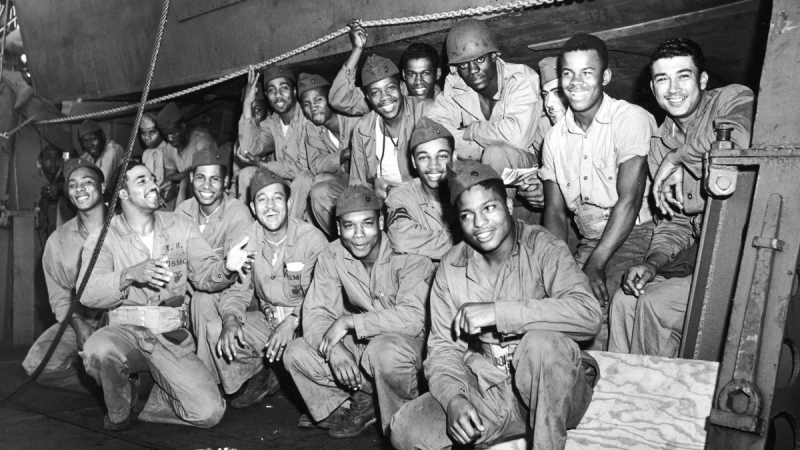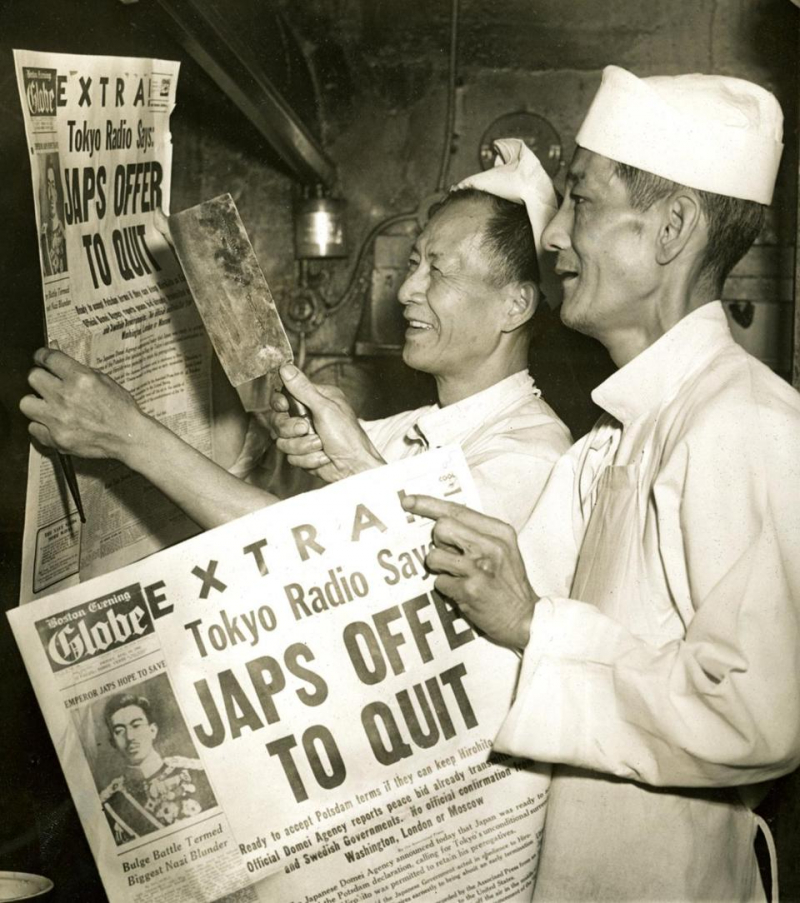Patrons of American restaurants were not subjected to rationing
During World War II, in order to eat a steak meal at home, one needed the money to pay for the steak, the appropriate amount of ration points, and a butcher who just so happened to have the desired cut of beef on hand. However, all one required to order a steak in a restaurant, particularly a well-known one in a bigger city, was the necessary cash and a reservation for a table. When ordering food in restaurants, rationing points were not required, not even for coffee and sugar (though the government did impose price ceilings for many items).
As a result, Americans started eating out more frequently, particularly in urban areas. Restaurant owners were not constrained by ration books when buying their food, and they could sell whatever was on their menus. American employees discovered they could eat as much as they wanted at most restaurants without feeling guilty about taking advantage of the system because they had extra money that they found difficult to spend at grocery stores, butcher shops, or haberdashers.
Due to distillers switching to the production of alcohol to aid in the war effort, whiskey had all but disappeared by the war's end, despite not being rationed via coupon books. The majority of the whiskey they did manufacture was distributed to bars and restaurants by distributors. A drink could be ordered along with a meal when dining out, and Americans began to enjoy drinks before their dinners as a result.












